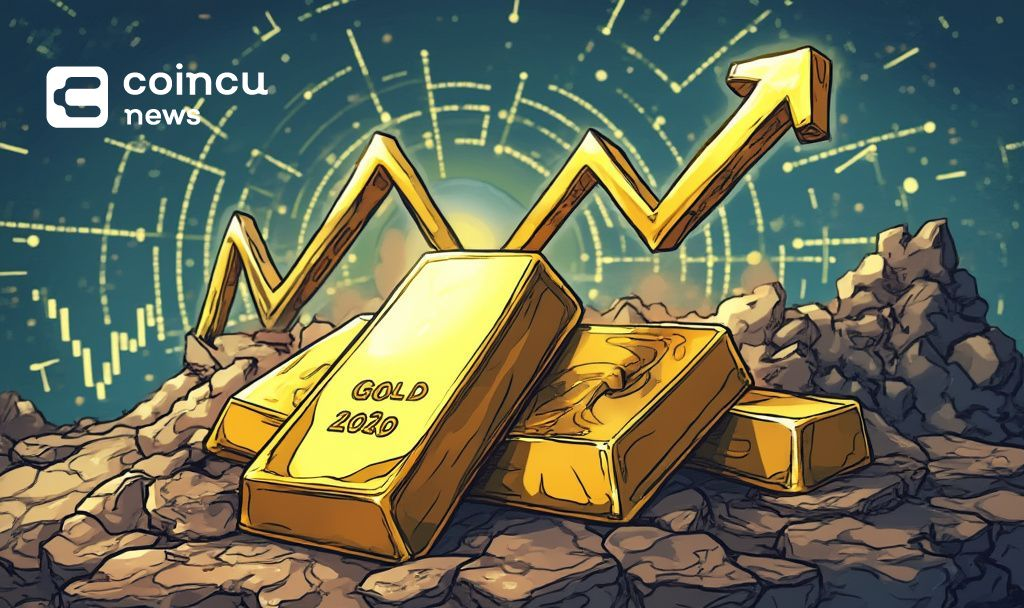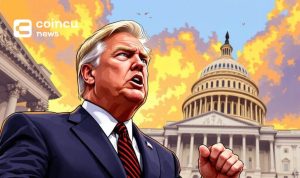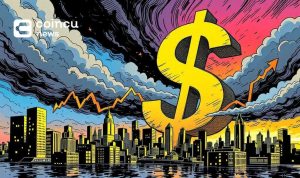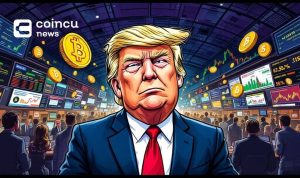- Gold reaches new high amid global economic tensions.
- Trade escalation drives safe-haven demand.
- Central banks increase gold purchases significantly.

Gold prices surged on April 10, 2025, surpassing previous records, with spot prices reaching $3,167.67 per ounce due to heightened global tensions.
This record rise highlights investors’ flight to safe assets amid trade conflicts.
Global Trade Tensions Push Gold to $3,167.67 High
Global trade tensions have intensified as the U.S. increased tariffs on Chinese goods to 125%, prompting retaliatory measures by the EU and China. This development has pushed investors toward gold as a safe asset, with the spot price soaring to an unprecedented $3,167.67 per ounce.
Market volatility has led to increased central bank buying, seen in gold’s year-to-date gain of 18.97%. Analysts project further increases if current macroeconomic pressures persist, potentially reaching $3,200/oz soon.
The Federal Reserve noted inflation concerns stemming from tariffs, though it remains uncertain about long-term impacts. Upcoming U.S. CPI data will likely influence further rate expectations. Analyst Edward Meir highlights potential price pressures driven by these economic policies.
“If macroeconomic pressures persist, we could see a near-term target of $3,200/oz for gold.” — Edward Meir, Analyst, Marex
Gold’s 18.73% Surge Mirrors 2011 Crisis Patterns
Did you know?
Gold’s current surge mirrors its 2011 performance amid financial crisis uncertainty, highlighting its role as a traditional safe haven.
Gold prices have shown significant performance, climbing 18.73% since January. With this month’s average at $3,128.89/oz, analysts remain optimistic about its role as a hedge amid global instability.
Upcoming projections suggest continued volatility, particularly influenced by ongoing trade tensions and central bank actions. Historical trends suggest sustained demand as central banks and investors seek security from economic disruptions.























